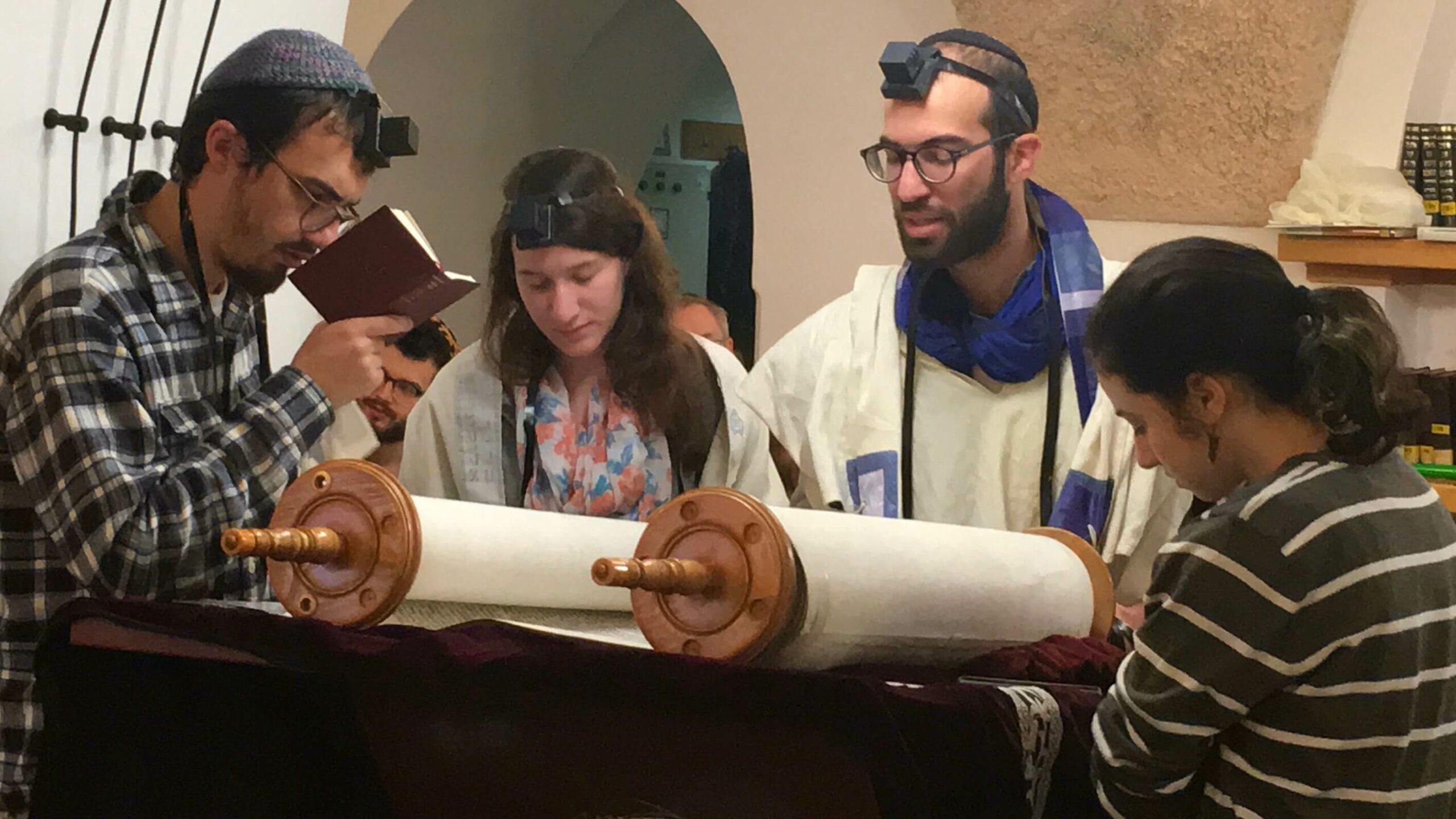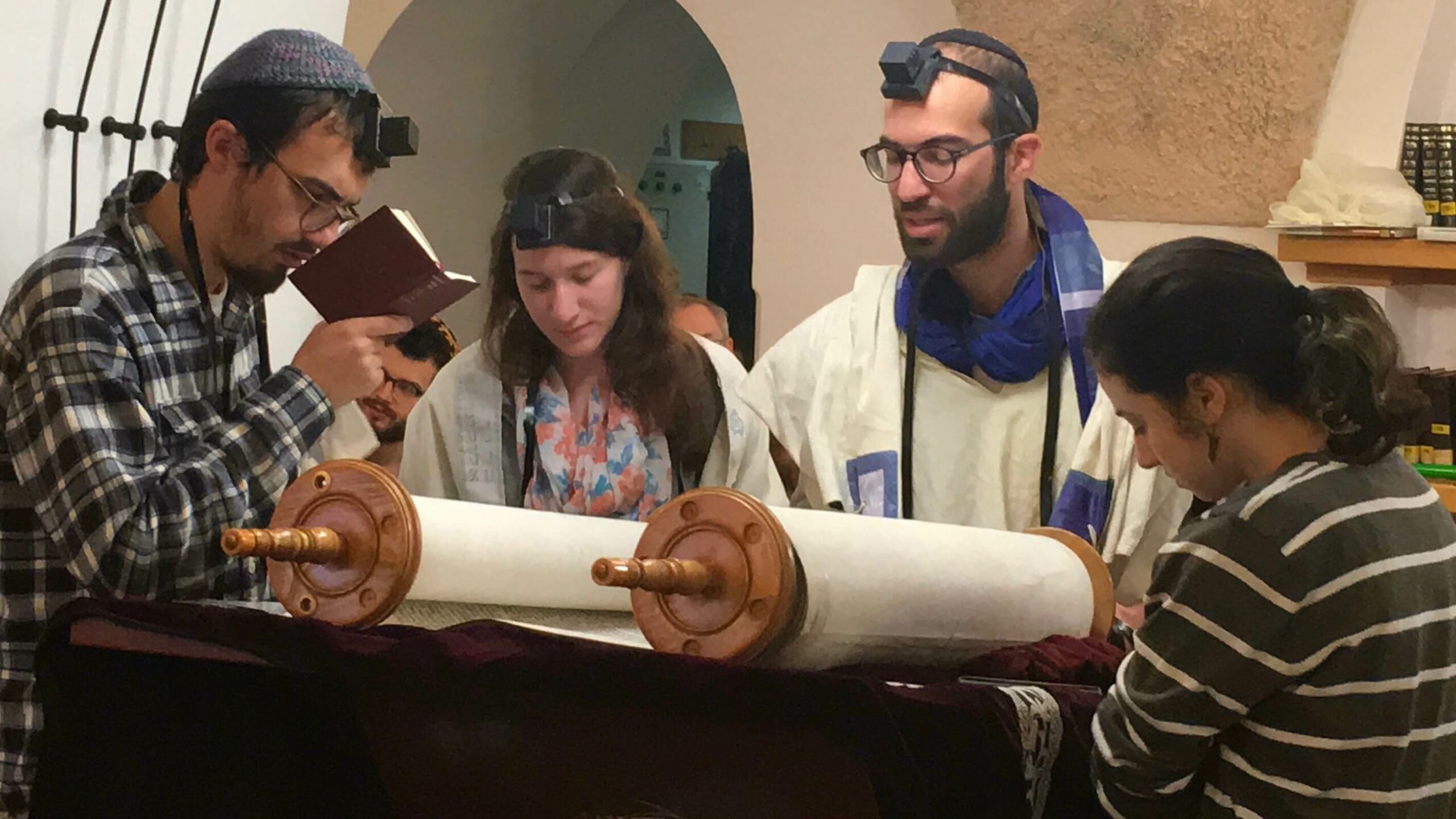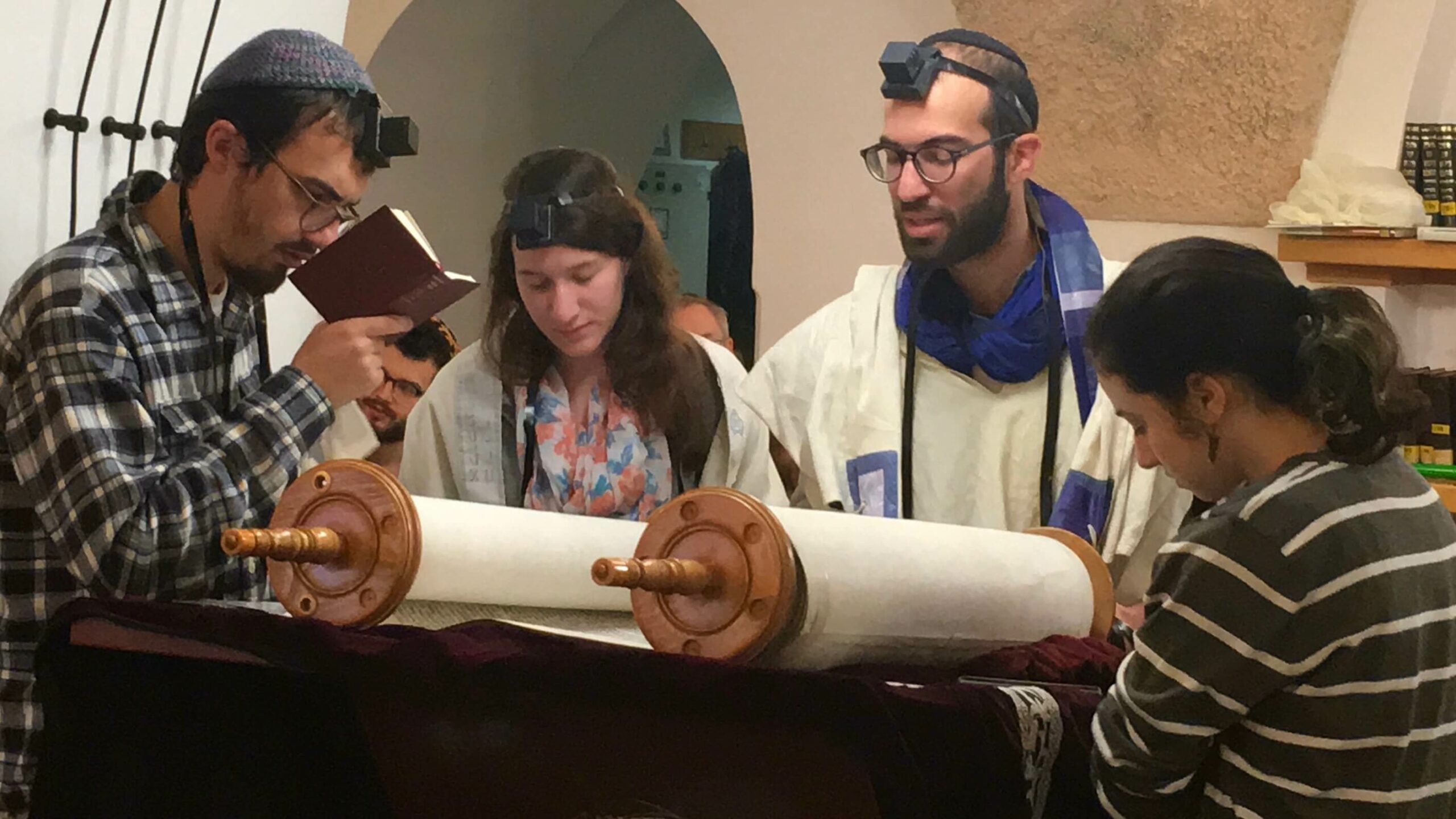

TORAH SPARKS (print friendly version)
Parashat Shemot
December 29, 2018 | 21 Tevet 5779
Annual | Exodus 1:1-6:1 (Etz Hayim p.317-341; Hertz p. 205-224)
Triennial | Exodus 4:18-6:1 (Etz Hayim p. 335-341; Hertz p. 220-224)
Haftarah | Isaiah 27:6-28;13; 29:22-23 (Etz Hayim p.342-346; Hertz p. 225-228)
D’var Torah: Renewing the Spark
Dr. Joshua Kulp, Conservative Yeshiva Faculty & Rosh Yeshiva
The stories of the beginning of Moshe’s life are notoriously laconic. Most of what Jews think they know about Moshe’s early life actually comes from movies, especially the Ten Commandments and the Prince of Egypt. Midrash works to fill in the gaps in the story that are unexplained in the Bible itself. But midrash almost always needs a “hook” on which to hang its story, some sort of textual “rupture” that allows an ancient exegete to suggest that something happened that is not described in the text. The following is an excellent example, one that I’m guessing you might not have noticed before.
At the end of chapter one of Exodus, Pharaoh decrees “every boy that is born you shall throw into the Nile, but let every girl live.” Chapter two picks up immediately with “a certain man of the house of Levi went and married a Levite woman. The woman conceived and bore a son.” From these verses, it sounds like this child is the Levite woman’s first. But a few verses later we learn that this child has an older sister. Where did this sister come from? If the man from the house of Levi just took this wife, how does the child already have a sister (a very clever one, as we shall soon learn)? Here is our “rupture” in the text, some point that makes little sense but allows for the rabbis to insert a story that both solves the difficulty and at the same time sharpens the message we read out of the text.
The story is found in the Babylonian Talmud, Tractate Sotah 12b. The Talmud notes that Amram (the man of the house of Levi) “went and married.” Why the extra verb “went”? The answer: he went at the advice of this remarkable daughter. The backstory is as follows:
Amram was the great man of his generation. Once he saw that the wicked Pharaoh said: “Every son that is born you shall cast into the river, and every daughter you shall save alive” (Exodus 1:22), he said: We are laboring for nothing. He arose and divorced his wife. All others who saw this arose and divorced their wives.
His daughter said to him: Father, your decree is harsher than that of Pharaoh, as Pharaoh decreed only with regard to the males, but you decreed both on the males and on the females.
Amram arose and brought back (i.e. remarried) his wife, and all the others who saw this arose and brought back their wives.
We can see here how the “darshan,” the exegete, has used the opportunity of this rupture to insert a message of courage into the text relevant to his own generation, who in all likelihood faced persecution. (When have Jews not faced persecution?)
But this solution still leaves us with a problem—if this is a remarriage, the text should have said he took back, not married. The Talmud solves this textual rupture with a beautiful story:
Rav Yehuda bar Zevina says: He performed an act of marriage. He sat her on a palanquin and Aharon and Miriam danced before her, and the ministering angels said: “A joyful mother of children” (Psalms 113:9).
Amram did not just go back to sleeping with his wife. He had a second wedding, this time allowing his children to celebrate the couple’s love for each other. Indeed, the Talmud goes on to note that according to its reckoning, Yocheved is 130 years old at the time! But no matter, for with the rekindling of their love Yocheved became again like a young girl, in love with her childhood paramour.
Through this tiny “rupture” in the text, the Midrash provides us with a rich story of the brilliance of Miriam, the courage of Yocheved and the other wives, and a story of the rekindled love of two elderly people who are about to give the Jewish people the greatest leader they will ever have, Moshe.
Parashat Shemot Self-Study
Vered Hollander-Goldfarb, Conservative Yeshiva Faculty
We are opening Shemot, the second Chumash (Torah book), with a new Pharaoh, the enslavement and killing of the children of Israel, the birth of Moshe, and (many years later) God choosing him as leader of the people. Moshe’s initial attempt to convince Pharaoh to let the people go seems to end in failure.
1) 70 descendants of Yaakov had arrived in Egypt initially. That generation died out, and the Children of Israel became very fruitful, and multiplied, and became great, and powerful (Shemot 1:1-7). How do you think that the Children of Israel perceived themselves? When do you think that the Egyptians began to be concerned? Why?
2) Moshe was apparently born while the decree to kill all the newborn boys was in effect. He is placed in a basket on the Nile. The daughter of Pharaoh finds the basket, opens it, and sees the crying boy (2:1-10). What would you have expected her to do at this point? (Think logically, not according to how the story ends. The marvelous point of the story is the unexpected outcome.)
3) Moshe grew up and got involved with his Hebrew brethren. After slaying an Egyptian that killed a Hebrew slave, he flees Egypt to Midian. There he is described by the daughters of the Priest of Midian: ‘an Egyptian Man helped us’ (2:11-19). What might their words tell us about Moshe? How do you think that he would have described himself?
4) Moshe sees a burning bush that is not consumed, and draws close to see the wonder. God speaks to him “remove your shoes…for the place is holy.” Then God speaks again, introducing Himself as the God of Avraham, Yitzhak, and Yaakov (3:2-6). Why do you think God is introduced twice? (He could simply continue speaking.)
5) Moshe and Aharon (his brother) went to Pharaoh, demanding in the name of God: ‘let my people go!’ In response, Pharaoh instructs the taskmasters to make the work harder so that the people ‘won’t turn to falsehoods’ (5:1-9). What do you think Pharaoh meant by ‘turning to falsehoods’?
D’var Haftarah: Return of the Lost Tribes
Rabbi Mordechai Silverstein, Conservative Yeshiva Faculty
Isaiah’s prophecies were a mixture of optimism and pessimism, of tragic loss and hope for the future. Among the things he reflected on were the sins of the northern kingdom, its tragic loss at the hands of the Assyrians and the exile of its ten tribes, and the hope that one day they too would be found and redeemed: “And in that day, a great ram’s horn shall be sounded; and the strayed who are in the land of Assyria and the expelled who are in the of Egypt shall come and worship the Lord on the holy mount, in Jerusalem.” (27:13)
Despite Isaiah’s hopes and aspirations, not everyone among the sages in Mishnaic times shared this sense of optimism. The Mishnah and Talmud share debates over the fate and future of these “Ten Lost Tribes”:
Our Rabbis taught [in a Baraita]: The ten tribes have no portion in the world to come, as it says: ‘And the Lord rooted them out of their land in anger, and in wrath, and in great indignation’ (Deuteronomy 28:27): ‘And the Lord rooted them out of their land’ refers to this world; and ‘cast them into another land’ refers to the world to come. This is Rabbi Akiva’s view. Rabbi Shimon ben Judah, of the Kefar of Acco, said on R. Simeon’s authority: ‘If their deeds are as this day’s (namely idolatrous), then they will not return; otherwise they will return.’ Rabbi [Yehudah HaNasi] said: ‘They will enter the future world’, as it is said, ‘And in that day, a great ram’s horn shall be sounded, [and the strayed who are in the land of Assyria and the expelled who are in the of Egypt shall come and worship the Lord on the holy mount, in Jerusalem.]’ (Sanhedrin 110b)
Rabbi Akiva viewed the exiled Ten Tribes as irredeemable, Rabbi Shimon ben Yehuda conditioned their redemption on their repentance from their idolatrous ways, while Rabbi Yehudah HaNasi shared Isaiah’s optimism that God would be the agent of their redemption.
What was behind Rabbi Akiva’s rather cynical view? Rabbi Akiva, according to A. J. Heschel, was deeply affected by the destructive Bar Kochba revolt which resulted in the deaths of one-third of the Jewish people. It led him to be suspicious of those who had assimilated among the nations as disloyal to their people and their faith. (Torah Min Hashamayim 1 p. 161) H. Albeck makes a similar claim, asserting that the Ten Tribes had become so assimilated into the Assyrian society as to be unnoticeable and consequently unredeemable. (Mishnah Zeroim Notes p. 455)
While the explanations of Heschel and Albeck are speculative, they do raise some important issues. It is not an easy thing to maintain one’s identity as a minority living in a majority culture. And over time, this often leads to diminished cultural and tribal loyalty. Rabbi Akiva, seeing so much suffering of his people in the Land of Israel, may have been exasperated by what he saw as the insufficient care and concern of his brethren in the diaspora. Rabbi Shimon ben Judah however, was more hopeful, asserting that as long as a Jew has not adopted another religion, return is always possible. And Rabbi Yehudah HaNasi was the most optimistic – having faith that someday God would insure that all will return. Only time will tell.








